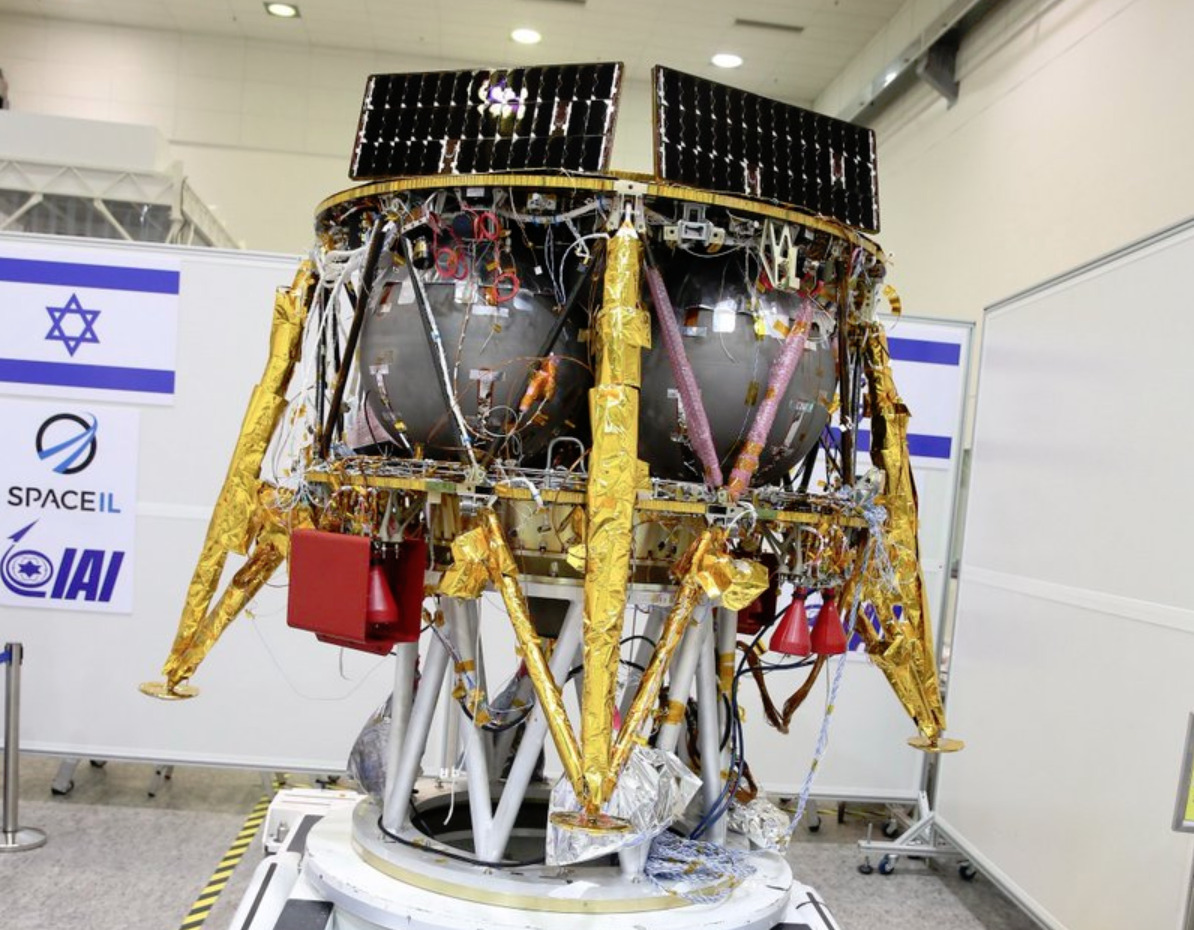Israel Is About To Launch The First Privately-Funded Mission To The Moon
Getting to the Moon takes an incredible amount of technical know-how, engineering excellence, and of course money. That's why embarking on a lunar landing mission is typically done by a government-funded space agency rather than private citizens, but the rise of commercialized rocket launches is helping to change that.
This month, Israel plans to become the fourth country to embark on a Moon landing, and it's doing so thanks to a nonprofit group which is privately funding the mission. The Beresheet spacecraft from SpaceIL will be the first ever privately-funded Moon mission, and it's going to use SpaceX to make it happen.
As The Times of Israel reports, SpaceIL was originally one of several contestants in Google's Lunar XPrize program. That program ended without a winner, but SpaceIL didn't let a little disappointment ruin their plans. Instead, the company continued working on its lander and now it's finally ready.
Beresheet will actually be a secondary passenger on a SpaceX launch which will deliver a communication satellite into orbit around Earth. Once deployed alongside the satellite, the lunar lander will complete several orbits of Earth, getting closer and closer to the Moon until it can slip into lunar orbit with ease. It will take up to two-and-a-half months and multiple orbits of the Moon before the lander actually arrives.
This is all pretty remarkable, considering it's being done by a private group of scientists and engineers, but this mission is a bit different than what we're used to seeing from the likes of NASA or other space agencies.
The entire point of SpaceIL's trip to the Moon is to prove that it can be done, and for a reasonable cost. The lander won't last long once it's completed its landing, and it doesn't have a list of science objectives or powerful instruments to utilize once it gets there. The hardware will only remain "alive" for days but, if all goes according to plan, that will be enough for SpaceIL to prove its point.
